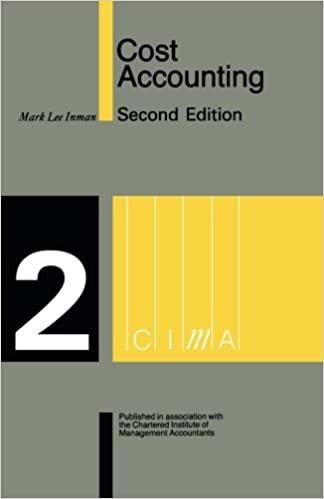Question
You, CPA, are working on the deferred tax section for Underhill Ltd., a publicly listed company, and its June 30, 20X6, year end. You have
You, CPA, are working on the deferred tax section for Underhill Ltd., a publicly listed company, and its June 30, 20X6, year end. You have gathered the following information: NBV of capital assets at year end: $40,000 at June 30, 20X6; $30,000 at June 30, 20X5 UCC of assets at year end: $30,000 at June 30, 20X6; $38,000 at June 30, 20X5 Accrued warranty liability (current): $0 at June 30, 20X6; $20,000 at June 30, 20X5 The effective tax rate used for the June 30, 20X5, fiscal year was 20%. Corporate tax rates decreased, and at June 30, 20X6, the effective tax rate was 18%. There is strong speculation that the tax rate will fall to 16% by June 30, 20X7. Assume that Underhill has recorded its deferred tax entries correctly in the past. Which one of the following entries is needed to record deferred taxes for the fiscal year ended June 30, 20X6?
options: a) Dr. Retained earnings, opening $560, Dr. Deferred tax provision $6,840; Cr. Deferred tax (liability) $7,400
b) Dr. Deferred tax provision $7,200; Cr. Deferred tax (liability) $7,200
c) Dr. Deferred tax provision $7,400; Cr. Deferred tax (liability) $7,400
d) Dr. Deferred tax provision $7,400; Cr. Deferred taxes, short term (liability) $1,600, Cr. Deferred taxes, long term (liability) $5,800
Step by Step Solution
There are 3 Steps involved in it
Step: 1

Get Instant Access to Expert-Tailored Solutions
See step-by-step solutions with expert insights and AI powered tools for academic success
Step: 2

Step: 3

Ace Your Homework with AI
Get the answers you need in no time with our AI-driven, step-by-step assistance
Get Started


